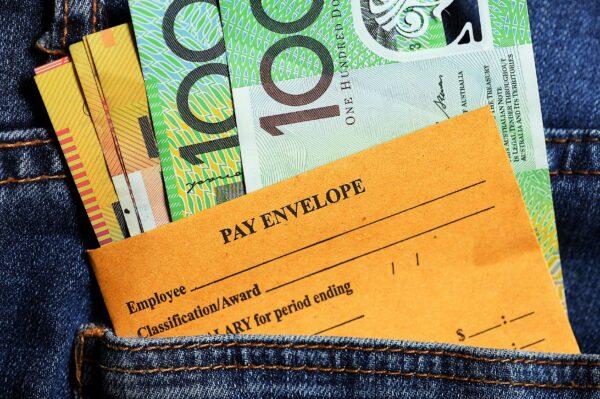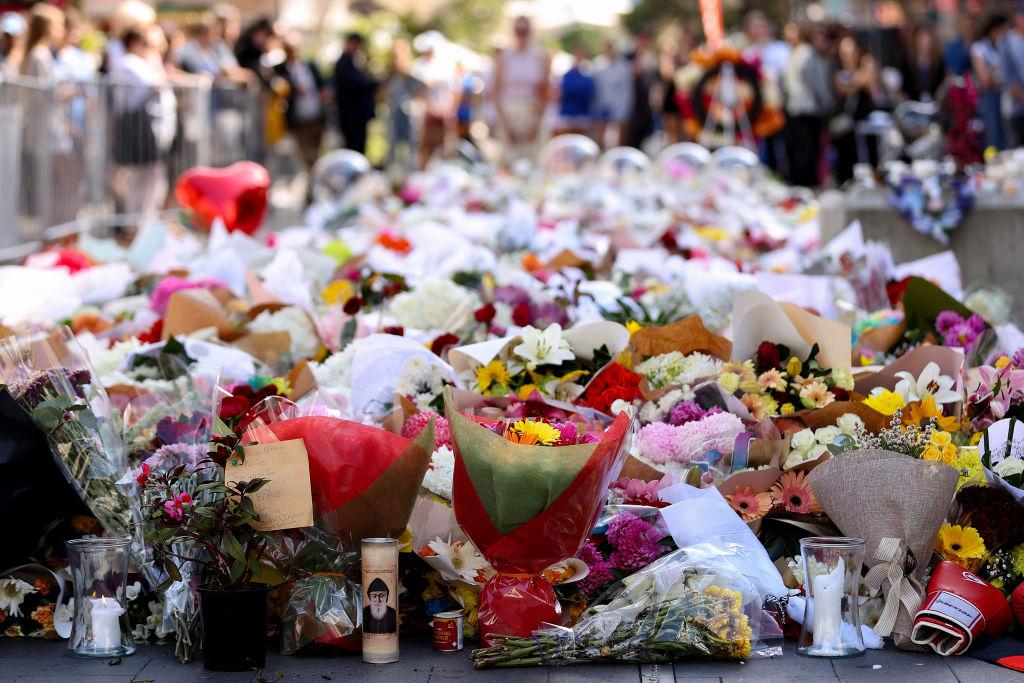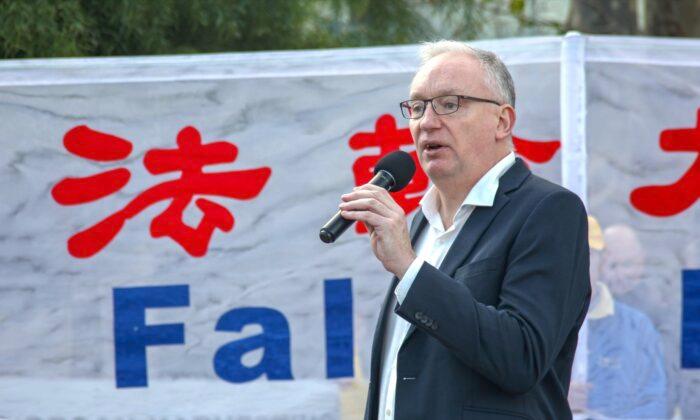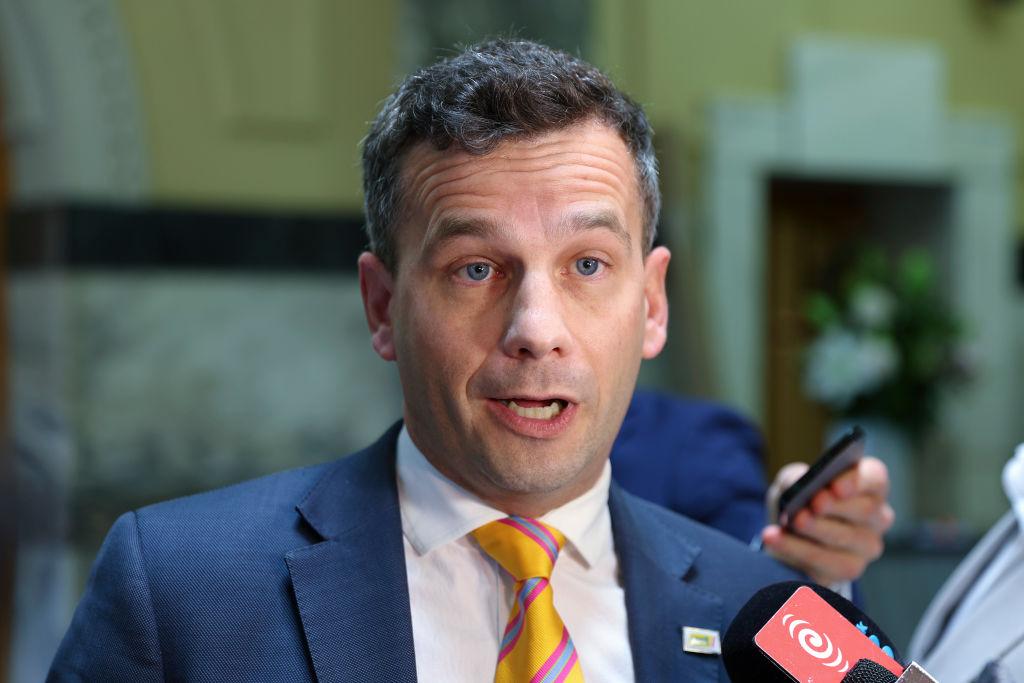Australian wages growth has accelerated for the second consecutive quarter but continues to lag inflation, according to newly released data from the Australian Bureau of Statistics (ABS).
The annual rate of wages growth was 2.4 percent, and while it is the highest annual rate recorded since December 2018, it fell below expectations.
ABS said it was driven by wages growth in the private sector, increasing 0.7 percent during the March quarter.
Annual wage and salary reviews pushed wage growth for the private sector, with a small number of jobs experiencing large increases as companies try to retain and attract skilled workers.
ABS head of price statistics, Michelle Marquardt, said the average size of private sector job wage increases had risen to the highest level since June 2013.
“The proportion of jobs recording these rises (15 percent) returned to pre-pandemic March quarter levels, following higher than usual increases in the proportion of private sector jobs receiving a wage increase in the March quarter last year,” she said.
Jobs in administration, education, and recreational service industries recorded the highest rate of growth over the March quarter at 0.8 percent, while the highest annual growth was recorded in the rental and real estate industry.
The lowest annual wage growth was experienced by jobs in the electricity, gas, water, and waste service industries for the third consecutive quarter at 1.5 percent.
Despite pressures driving wages growth up, it remains less than half of the inflation rate that recently jumped to 5.1 percent and is expected to reach 6 percent by the end of the year.
This means real wages have fallen by 2.7 percent between the March quarter of 2021 and 2022.
The lower-than-expected wages growth also caused the downward revision of financial institutions’ prediction for the June cash rate hike from around 40 to 50 basis points to 25.
“The annual pace of wages growth is very modest considering the tightness in the labour market,” Commonwealth Bank Head of Australia economics Gareth Aird said. “The RBA does not have to run hard against wages growth by aggressively hiking the cash rate.”

Prior to the release of the quarterly wages index, Prime Minister Scott Morrison said it was right to highlight the problems with real wages.
“Inflation is the challenge when it comes to real wages, rising wages will be driven by the forces I have said, and that’s why this election is so important,” he told reporters.
The prime minister said he had been “very candid” with Australians about the economic challenges people were currently facing and that Labor did not have a “magic bullet” for it.
“The only way you get wages is by good sensible economic policies that drive down unemployment and that support growth in the economy, which enables businesses to be able to pay their staff more,” Morrison said, adding that having a Labor government in power would be risking the country’s economic management.
Labor Leader Anthony Albanese told the National Press Club that the current situation was the result of the Morrison government’s “economic failures.”
Albanese said his approach to increasing both profits and wages “without adding inflationary pressure” would be to bring business, employer groups, and trade unions together to “collaborate” on secure work and ensure enterprise bargaining was “working effectively.”
“This is the fundamental economic challenge right now, and we must view government, business, unions and employees as partners in tackling it,” he said.





